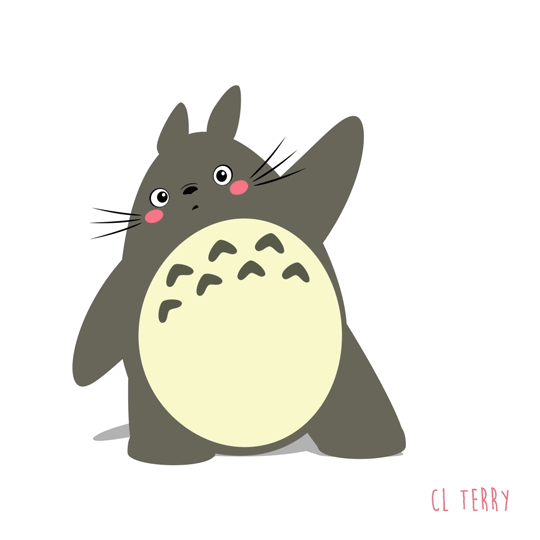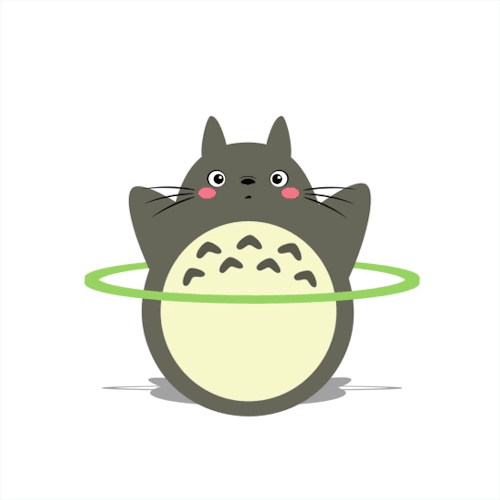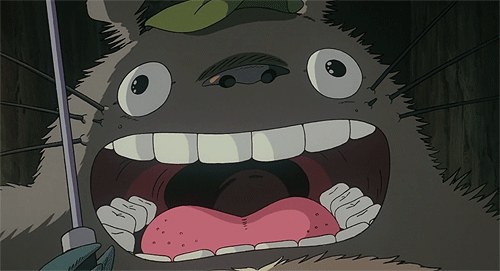 Pom Poko ( 平成狸合戦ぽんぽこ ) is a 1994 Japanese animated comedy-drama fantasy film directed by Isao Takahata.
Pom Poko ( 平成狸合戦ぽんぽこ ) is a 1994 Japanese animated comedy-drama fantasy film directed by Isao Takahata.
The phrase "Pom Poko" in the title refers to the sound of tanuki (Japanese raccoon dogs, Nyctereutes procyonoides viverrinus) drumming their own bellies as a form of Tanuki-bayashi. Specifically, the phrase started as a jocular explanation of meditative percussion at Shōjō-ji taken up in a 1919 poem by Ujō Noguchi, which became a popular nursery rhyme recorded in 1925.
Consistent with Japanese folklore, the tanuki are portrayed as a highly sociable, mischievous species, who are able to use "illusion science" to transform into almost anything, but too fun-loving and too fond of tasty treats to be a real threat – unlike the kitsune (foxes) and other shape-shifters. Visually, the tanuki in this film are depicted in three distinct ways at various times: as realistic animals, as anthropomorphic animals that occasionally wear clothes, and as cartoon-like figures based on the mangaof Shigeru Sugiura (of whom Takahata is a great fan). They tend to assume their realistic form when seen by humans, their cartoon-like form when they are doing something outlandish or whimsical, and their anthropomorphic form at all other times.
Prominent testicles are an integral part of tanuki folklore, and they are shown and referred to throughout the film, and also used frequently in their shape-shifting. This remains unchanged in the DVD release, though the English dub (but not the subtitles) refers to them as "raccoon pouches". Also, in the English dub and subtitles, the animals are never referred to as "raccoon dogs", which is the more accurate English name for the tanuki, instead they are incorrectly referred to as just "raccoons".

























